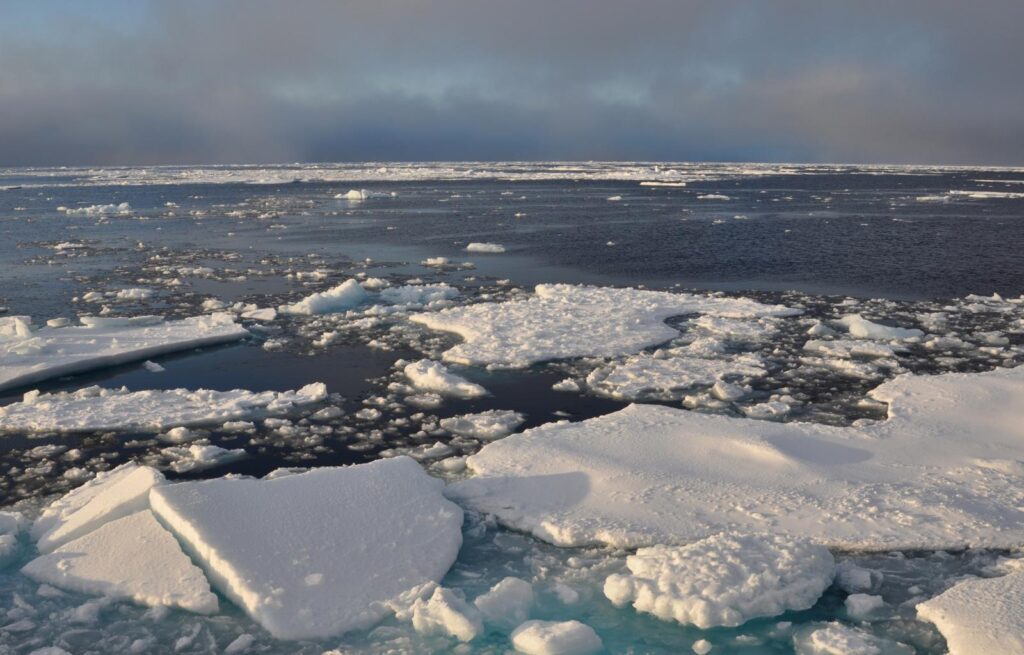
In a disconcerting revelation, Norwegian researchers have made a startling discovery beneath the permafrost of the Arctic, raising concerns about the potential acceleration of global warming. The findings indicate that not only ancient diseases but also substantial amounts of methane gas are lurking deep within the ice, a powerful heat-trapping gas that could contribute to the escalating climate crisis.
The discovery unfolded in Svalbard, the archipelago hosting the world’s northernmost town. During exploration drilling by energy companies, researchers detected significant amounts of methane gas in half of the wells. The startling revelation came when drillers heard a bubbling sound emanating from a well, prompting further investigation.

Thomas Birchall, the lead author of the study published in the peer-reviewed journal Frontiers, explained the discovery process. “The drillers heard a bubbling sound coming from the well, so we decided to have a look, armed with rudimentary alarms designed for detecting explosive levels of methane — which were immediately triggered when we held them over the wellbore,” Birchall shared with ScienceAlert.
The concern arises from the potential release of methane into the atmosphere, a gas that could impede efforts to limit global temperature increases to the target of 2.7 degrees Fahrenheit above preindustrial levels. While carbon dioxide remains the predominant heat-trapping gas, comprising 65% of planet-warming pollution, methane, despite its lower concentration at 16%, is 28 times more potent than CO2. A study by the United States Geological Survey suggests that methane contributes approximately 25% to the warming of temperatures.

The fragility of the permafrost, weakened by rising global temperatures, becomes a critical factor in this scenario. The release of methane could exacerbate the impacts of climate change, including food supply shortages, the spread of diseases, and extreme weather events.
Addressing the need to protect the permafrost, it is crucial to curb the use of dirty energy sources such as gas, oil, and coal. Clean-energy alternatives, like solar power, emerge as vital investments in mitigating the impact of climate change. Transitioning to solar energy for homes, supported by community solar programs, presents a sustainable solution. Additionally, individuals can contribute by adopting lower-fuss measures like switching to energy-efficient LED bulbs, reducing carbon air pollution over time.

As scientists grapple with the implications of methane beneath the Arctic ice, the call for proactive measures to combat climate change grows louder, emphasizing the urgency of transitioning to cleaner, sustainable energy sources.

Leave a Reply